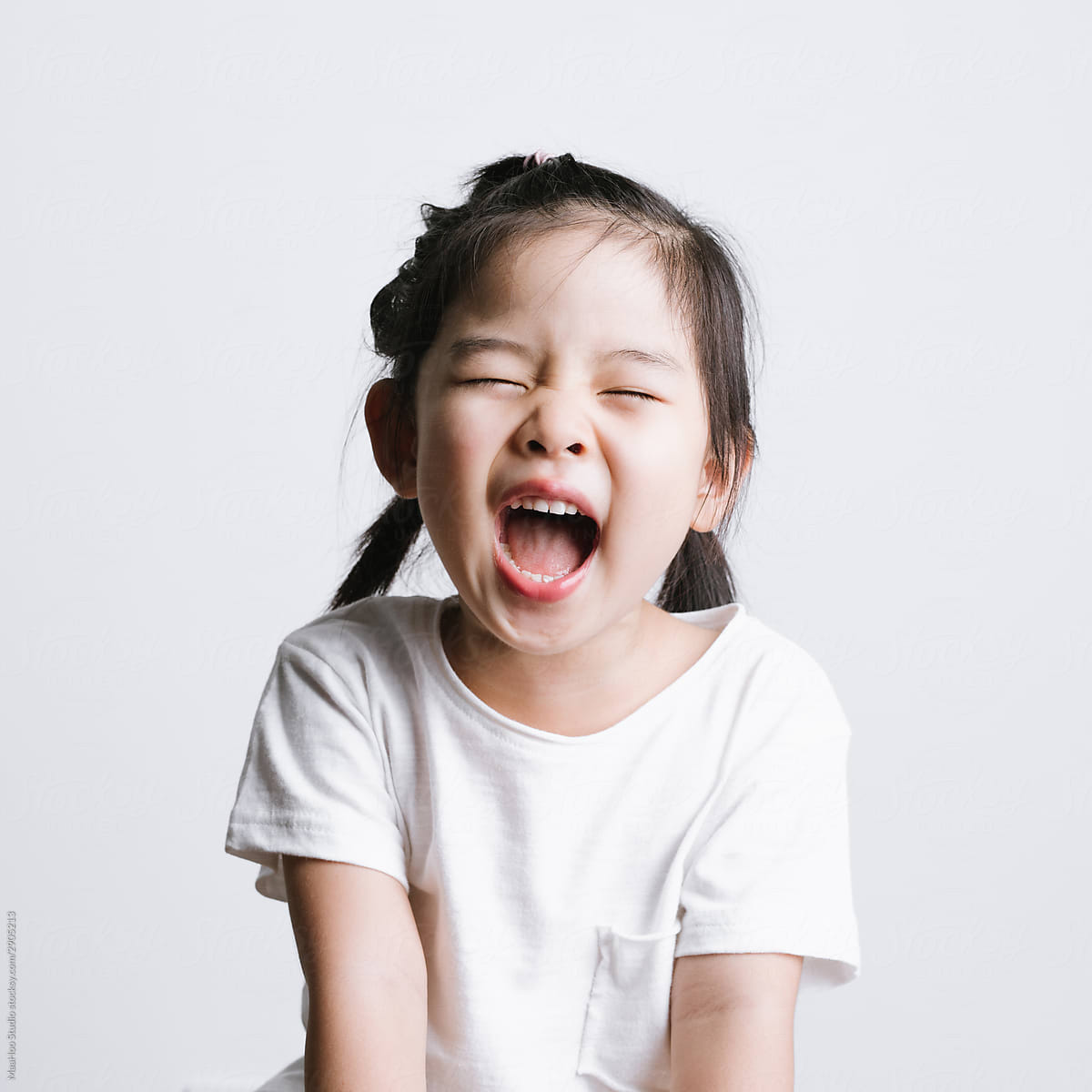We explore the mental health impacts of the COVID-19 pandemic on one of society's most vulnerable groups: kids.
The NSW government recently introduced ‘friend bubbles’ for children stuck in lockdown. The concept came as a relief for some, but it’s fair to say most kids are still not socially engaging with peers the way they used to. Children have emerged as one of the most vulnerable groups amidst the COVID-19 pandemic - and we don’t just mean from the virus.
DEFINING THE FRIEND (BUBBLE) ZONE
Children living in areas subject to stay-at-home orders (with fully vaccinated parents) can nominate two friends who are allowed to come to their house to play and study - but they must also be in each others’ bubble. Logical in theory, but the arrangement has already left some kids feeling left out or like they have to rank their friends.
THE NUMBERS
According to data provided by the Australian Federal Health Department, approximately 7000 people under the age of 19 have contracted the virus since the first national case was reported, including 2,700 children under the age of 10. A ‘Guardian Essential Poll’ shows that when it comes to emotional and mental health, most carers (69%) report feeling worried that their children are missing out on socialising with their friends and teachers, while 61% believe their kids are falling behind in their learning.
SOCIOEMOTIONAL GROWTH
School closures across Australia and the world is one of the most visible ways in which children have been affected by the pandemic. A lack of social and cognitive stimulation, which they would normally receive outside the home, can lead to numerous underdeveloped tools - including delays in speech and cultural cues.
MENTAL HEALTH
The AIHW report found phone and online support organisations (such as Kids Helpline) reported substantial increases in demand for their services during the COVID-19 pandemic. In an August 21 academic investigation, researchers discovered one in four young people (under 18 years) globally is experiencing clinically elevated depressive symptoms, while one in five is experiencing clinically elevated anxiety symptoms. The research also acknowledges that girls and adolescents have proved to be worse off from persistent lockdowns and limited social contact.
THE GOOD NEWS
Most experts agree that if social distancing doesn’t exceed a few months most kids will bounce back fine. “This generation … have been virtually socialising with their friends their whole lives,” says developmental psychologist and family coach Cameron Caswell, PhD (in an article for Healthline). “They are used to connecting through their devices and online, so that part of social distancing will likely be easier on them than the rest of us.”
SEEKING HELP
However, if your child or teenager is experiencing COVID-induced anxiety that’s interfering with their ability to function day-to-day, or is particularly distressing to them, lean on your support systems. And we don’t just mean friends or family (because these aren’t always an option for everyone) – there are a bunch of digital tools and helplines available for you and your child.
REACH OUT
However, if your child or teenager is experiencing COVID-induced anxiety that’s interfering with their ability to function day-to-day, or is particularly distressing to them, lean on your support systems. And we don’t just mean friends or family (because these aren’t always an option for everyone) – there are a bunch of digital tools and helplines available for you and your child.

Share:
The Mighty Issue of Microplastics
The 7 Sins of Greenwashing